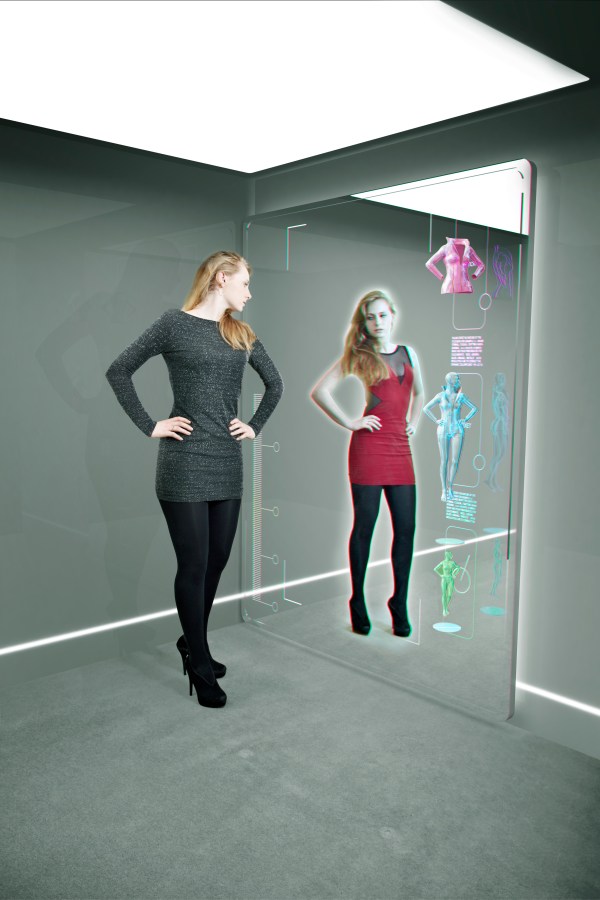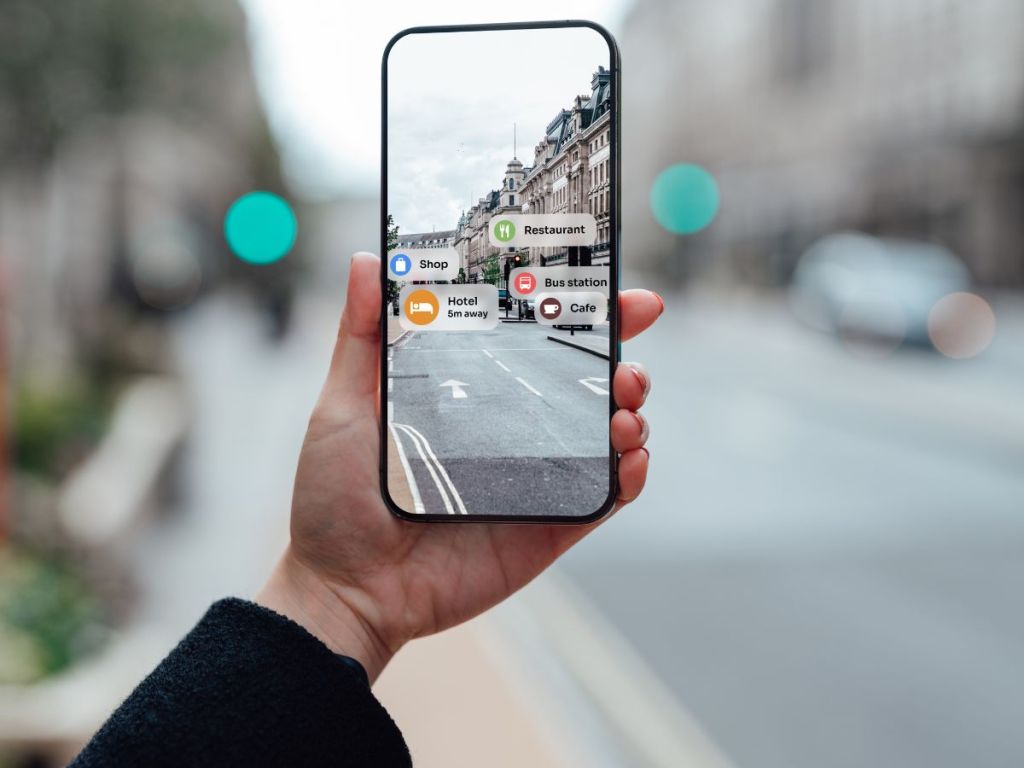What is augmented reality (AR)? That is a hot question right now. With Apple’s new AR headset priming itself to hit the market next year, here’s what you need to know about augmented reality.
Apple Vison Pro AR Headset
Here is the augmented reality headset that Apple will be releasing. While it seems impressive, it isn’t the first AR headset to hit the market. There are plenty of others around, but because of the size of the Apple Corporation, it is the headset that is making the most noise at the moment.
What is Augmented Reality (AR)?
Let’s dive into the world of augmented reality (AR)! AR is like a version of the real world that has added digital information that is overlayed onto it.
AR systems take things we can see, hear, and feel in the real world and adds extra digital elements to enhance reality. The possibilities are endless in what we can do with this technology.
Understanding Augmented Reality
AR is a technology that keeps finding its way into our lives. Some people used to think that it was only good as a fancy marketing tool.
In fact, consumers now expect AR to be a part of their shopping experience and decision-making process.
AR is even making its way into exhibitions and art displays.
Examples of Augmented Reality
AR has already made its mark in retail. Some businesses have created apps that allow customers to see how products would look in different environments. For instance, if you’re buying furniture, you can use AR to virtually place the item in your room and see how it fits.
But AR doesn’t stop at furniture shopping. It has huge potential in healthcare too. Doctors can use AR apps to explore highly detailed 3D images of the human body. This helps them learn better and gives them more live information while in-situ.
Augmented Reality is not Virtual Reality
AR often gets confused with virtual reality (VR). AR takes the real world around us and adds virtual information on top of it. Like Pokémon Go: People hunted for animated creatures in their real-life neighborhoods using their phones.
Instead, virtual reality immerses us in entirely different digital environments. An example of this is the VR gaming system Zero Latency where players put a headset on and don’t use the real world in the visuals at all.
What is Augmented Reality Used For?
Augmented Reality (AR) has a wide range of applications.
Entertainment and Gaming: AR can make gaming experiences better by overlaying virtual objects and characters onto the real world.
Users can interact with virtual elements in their real-world surroundings, creating immersive and interactive gameplay.
Education and Training: AR can be used to provide visual representations of complex concepts. It can can be a great way of training outside of dangerous situations.
Retail and E-commerce: AR can let buyers virtually try-on clothing, accessories, and cosmetics.

Customers can visualise how the products will look on them before making a purchase.
Architecture and Interior Design: AR can be used to visualise interior layouts in the real world. It cacan also help architects, designers, and clients to see how buildings, rooms, and furniture will look after the build.
Manufacturing: AR can be used in the manufacturing processes by providing real-time instructions, visualising assembly procedures, and helping with equipment maintenance by overlaying information onto machinery.
Tourism and Travel: AR can make the tourist experience great by providing virtual guides, historical information, and maps. It can overlay information about landmarks, restaurants, and attractions.
There are many other examples, but you can see that AR will soon be everywhere, helping us to negotiate the real world with an extra layer of information.
Augmented Reality for businesses
AR is all about making our real-world experience better and more interesting. It’s where imagination meets reality.
From a commercial perspective, AR can drive sales by creating unique experiences for customers.
Enhanced Product Visualisation: AR enables customers to visualise products in new ways. This immersive experience can give the customer confidence in making purchase decisions.
Hold attention: AR can provide product information, customer reviews, personalised recommendations, and gamified interactions that will potentially capture and maintain customer attention. This can lead to longer customer dwell time, and higher conversion rates.
Personalised Marketing: Brands can use AR to deliver targeted content to customers based on their preferences.
Remote Sales and Support: AR can help with sales support by eproviding virtual product demonstrations and troubleshooting. Sales reps can use AR tools to interact with customers remotely, showing products, providing guidance, and resolving issues, no matter the geographical distance.
Data Analytics and insights: AR can generate data and insights about what customers do when looking at the product, and tailor marketing strategies accordingly.
Is Augmented Reality or Virtual Reality More Realistic?
AR combines the real world with digital elements, so it can feel more realistic than VR, which is entirely computer-generated. However, VR environments can feel incredibly realistic too. Both AR and VR can transport us to amazing places and create a totally new way to be in the world.
In Conclusion
Augmented reality is a groundbreaking technology that brings together the real world and digital elements. It is set to totally revolutionise industries like retail, healthcare, gaming, and architecture. In summary, the most interesting thing about augmented reality is the merging of the digital and physical worlds, which give rise to new ways of interaction, creativity, and problem-solving.



